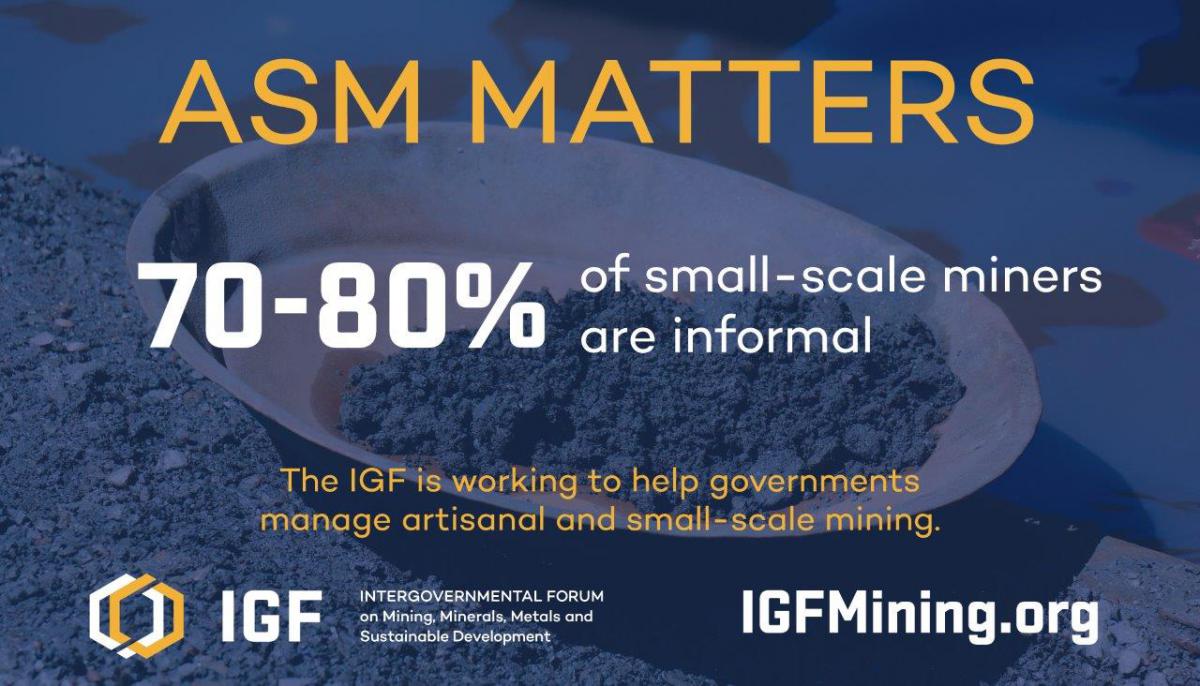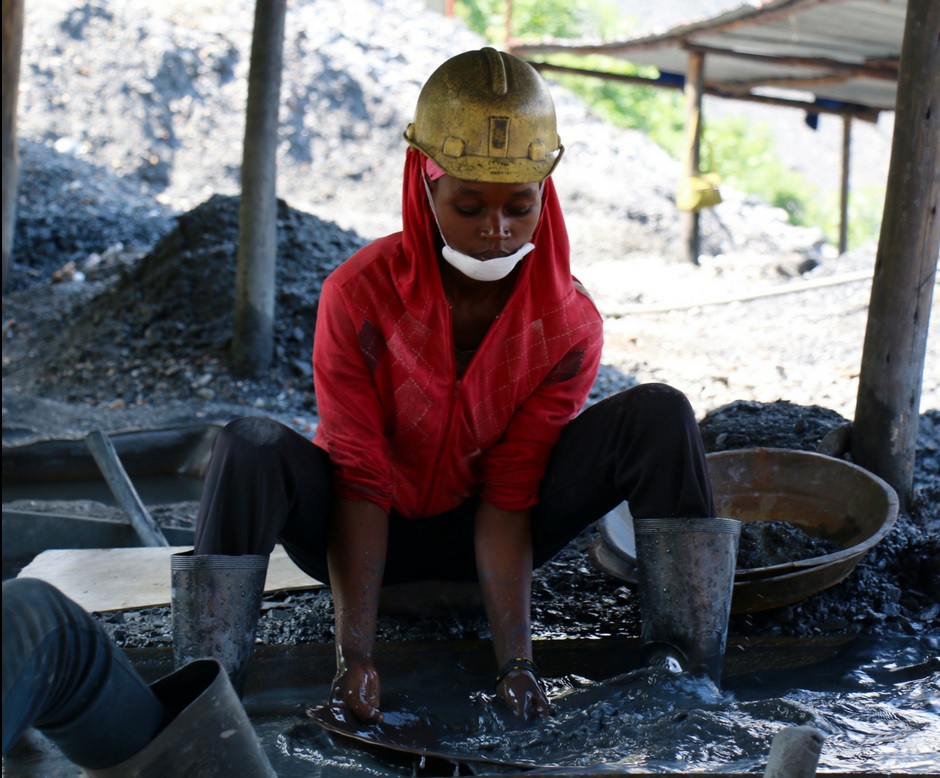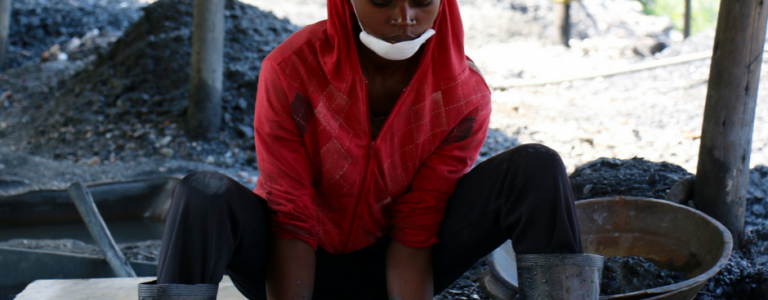Six Key Factors in Formalizing Artisanal and Small-Scale Mining
Formalizing the artisanal and small-scale mining (ASM) sector would bring it into the formal sector through legal, regulatory and policy frameworks. We explore six of the key ways we can formalize ASM to bring about potential benefits to millions.
Working in artisanal and small-scale mining (ASM)—informal mining activities carried out using minimal technology or machinery—provides livelihoods for millions of people.
At the same time, the sector—which includes informal individual miners seeking a subsistence livelihood, as well as small-scale commercial mining entities—poses challenges for governments in about 80 countries where ASM continues to grow.
Informal ASM refers to operations that do not have the requisite licenses and permits required by law, but do have a social license to operate. Formalizing the sector would bring ASM’s informal income-earning activities and economies into the formal sector through legal, regulatory and policy frameworks.

Formalizing the sector would also result in the inclusion of marginalized miners throughout the process of developing, adapting and revising legal frameworks and support. If well designed, this process fosters the conditions to integrate ASM into the formal economy, potentially transforming the lives and safety of millions of people worldwide who depend on the sector.
To be successful, this process must address the key barriers associated with the sector, while also supporting and incentivizing miners to get formalized.
What are six of the key ways we can formalize ASM, to bring about potential benefits to millions?
Developing Conducive and Comprehensive Legal Frameworks
Comprehensive legislation specific to ASM needs to be developed. These legal frameworks should account for ASM’s diverse character in countries where ASM is illegal or where it is legal but unregulated. In countries where ASM is legal, reforms to existing legislation should prioritize the ASM sector for national development.
There are some important considerations to bear in mind when developing this legislation, such as licensing; access to land; gender equality; community participation; and environmental, safety and labour standards.
Providing Access to Geological Data
A lack of geological data can lead ASM miners to enter environmentally sensitive areas, creating tension between ASM miners and large-scale mining companies in the area. It can also create difficulties when requesting bank loans or other support services when ASM miners do not have geological information as collateral.
Without access to geological data, those working in the ASM sector are often left with little to drive their activities except guesswork or trial and error. This often results in low yields, loss of investment and increased environmental degradation. Mapping a country’s potential reserves and land use, and providing access to this data, is crucial to determining appropriate locations for ASM.
Benefits to small-scale miners would include more efficiency and longevity at sites, minimized environmental degradation and improved profitability.

Ensuring Access to Capital
Debt and poverty are major concerns in ASM, as informal work means miners cannot access finance given their non-legal status.
However, a certain level of capitalization is required to register and gain a concession and to buy the necessary equipment to process minerals and mine. Methods to increase access to credit and finance could include microfinance credit and savings, grants and government loan facilities.
Providing Access to Equipment
Another major challenge for ASM miners is not having the equipment nor the resources to be able to replicate or adapt mining techniques.
To increase access to equipment for those in the ASM sector, equipment should be simple in design and able to be produced locally, be affordable to individual miners, and combine both manual and mechanized processing techniques. Hire purchase loan schemes and centralized processing centres can enable alternative access to equipment.
Developing More Capacity Building
In the past, a poor understanding of the dynamics of ASM communities has led to inappropriate technologies and support services.
Capacity building can spur successful formalization within the ASM sector if training programs promote best practices and focus on practical mining-related topics and are geared towards women and their integration into the mining sector. They should be tailored to the socioeconomic characteristics of the individual mining communities, and provide education and resources on how to foster partnerships with stakeholders, including community organizations and the private sector.
Enabling Dialogue between ASM Stakeholders
Individuals within the ASM sector must be involved throughout the formalization process to ensure changes are in tune with realities on the ground.
To create long-term sustainable formalization strategies, a number of things need to be considered. These include creating a platform for positive and regular dialogue between ASM stakeholders and government to provide a conduit for consultation on changes, informing dialogue based on research on mining communities to understand the complexities of the ASM sector and establishing a co-created roadmap outlining interventions with input from various stakeholders, including non-mining ones, at all levels.
The Intergovernmental Forum on Mining, Minerals, Metals and Sustainable Development and the International Institute for Environment and Development recently launched a joint report entitled Global ASM Progress: A Review of Key Numbers and Issues.
Read more about global ASM progress and a review of key figures and issues in this report.
You might also be interested in
IISD's Best of 2024: Publications
As 2024 draws to a close, we revisit our most downloaded IISD publications of the year.
Artisanal and Small-Scale Mining of Critical Minerals
This report examines the potential for artisanal and small-scale mining (ASM) to take an expanded role in the global supply of critical minerals.
Leveraging Digital Infrastructure for Mining Community Resilience
This report explores the socio-economic impacts and potential of new technologies in the mining sector.
Navigating Global Sustainability Standards in the Mining Sector
This brief examines the latest developments and trends in responsible mining standards and voluntary sustainability initiatives.
